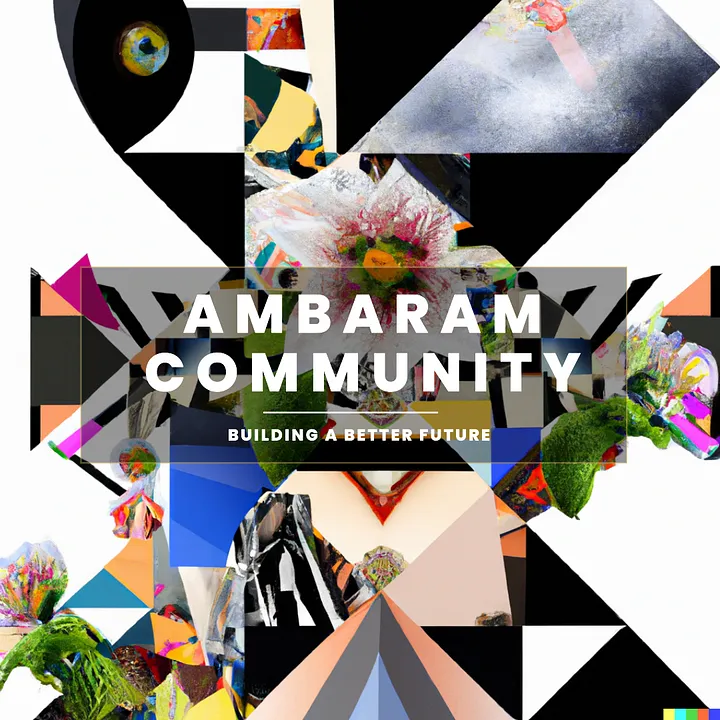Fashion designers can use technology to move beyond traditional sustainability practices and embrace regenerative practices, which aim to restore, renew, and revitalize ecosystems and communities. Here are some ways in which technology can help:
- Digital Design: Fashion designers can use digital tools, such as 3D modeling software, to create designs that minimize waste and maximize efficiency in the production process. This can help reduce the environmental impact of textile production and conserve resources.
- Material Sourcing: Technology can be used to track and trace the supply chain of materials used in fashion production, allowing designers to source materials from sustainable and regenerative sources. For example, they can use blockchain technology to ensure that materials are ethically and sustainably sourced.
- Circular Design: Fashion designers can use technology to design clothing that can be reused, recycled, or repurposed at the end of its lifecycle. For example, they can use digital tools to design garments that can be easily disassembled and the materials reused to create new products.
- Smart Textiles: Fashion designers can also use technology to create “smart” textiles that can self-repair, self-clean, or adjust to changing environmental conditions. These textiles can help reduce the environmental impact of clothing production and extend the lifespan of garments.
- Innovative Manufacturing: Technology can also be used to develop new and innovative manufacturing processes that are more sustainable and regenerative. For example, designers can use 3D printing to create clothing with minimal waste and reduced environmental impact.
By using technology in these ways, fashion designers can take a more holistic approach to sustainability and embrace regenerative practices that help restore and revitalize the planet.

Building a designer community to foster regenerative practices in the fashion industry requires a multi-faceted approach that involves engagement with designers, manufacturers, retailers, consumers, and other stakeholders in the fashion supply chain. Here are a few ways to build such a community:
- Educate and raise awareness: Start by educating designers and other stakeholders about the importance of regenerative practices and their role in creating socially responsible products. This could be done through workshops, seminars, and other educational events
- Networking and collaboration: Encourage designers to network and collaborate with each other to share ideas and best practices, and to work together on regenerative projects and initiatives. This could be done through events, online forums, and other channels.
- Support and resources: Provide designers with the support and resources they need to implement regenerative practices in their work, such as access to regenerative raw materials, design tools, and production techniques.
- Recognition and rewards: Recognize and reward designers who are incorporating regenerative practices into their work, and use these success stories to inspire others to follow suit. This could be done through awards, media coverage, and other forms of recognition.
- Consumer engagement: Engage with consumers to raise awareness about the importance of regenerative practices, and to encourage them to support socially responsible products. This could be done through marketing campaigns, social media, and other consumer engagement activities.
Building a designer community to foster regenerative practices requires a long-term, collaborative approach that involves a variety of stakeholders working together to create positive change. However, with the right support, resources, and incentives, it is possible to create a vibrant, thriving community of designers who are committed to creating products that have a positive impact on the environment and society.
You can reach out to ambaram community by visiting https://www.ambaram.ai/signup/
